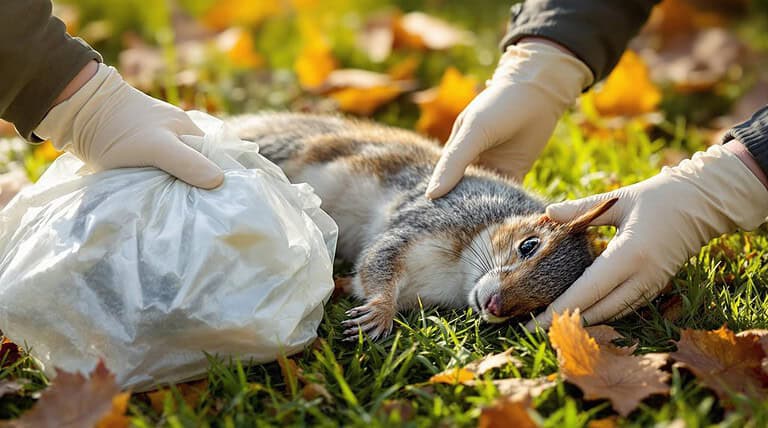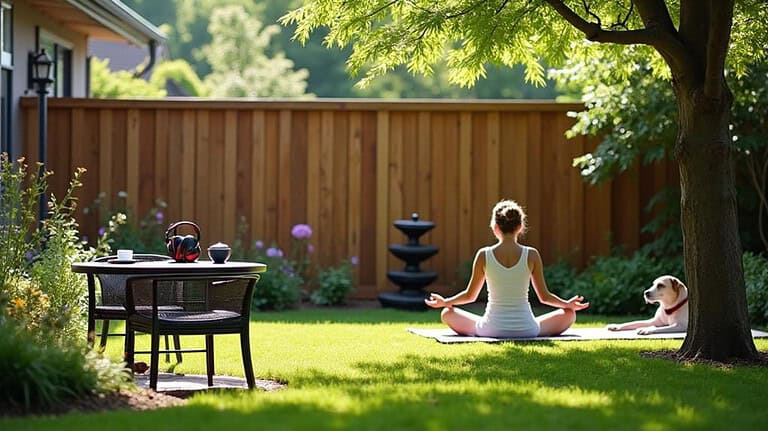Pollinator Garden Design: Attract Bees and Butterflies
You’ll create an astonishing pollinator paradise by planting diverse native species like milkweed, echinacea, and goldenrod that bloom from spring through fall, giving bees and butterflies consistent food sources throughout the seasons. Don’t forget to add structural elements like shallow water features, brush piles, and dead stems for nesting sites – trust me, ground-dwelling bees absolutely love exposed sandy spots! Your garden will join over five million acres of pollinator habitat that’s making a real difference nationwide, and you’ll uncover exactly how to design the perfect layout that keeps these remarkable creatures coming back year after year.
TLDR
- Plant diverse native flowering species to attract various pollinators with different preferences and foraging patterns throughout the seasons.
- Ensure continuous blooms from early spring through fall using plants like Wild Geranium, summer perennials, and late-season asters.
- Include structural elements like dead stems, shallow water sources, and varied terrain to provide nesting sites and habitat diversity.
- Choose drought-tolerant native perennials such as milkweed, echinacea, and goldenrod that require minimal maintenance while supporting local ecosystems.
- Create pollinator corridors by connecting individual gardens to contribute to broader conservation efforts and support biodiversity nationwide.
Plant Diversity: The Foundation of Successful Pollinator Attraction
Diversity is absolutely everything when it comes to creating a pollinator garden that’ll have bees, butterflies, and other beneficial insects practically hosting parties in your backyard!
You’ll need multiple flowering plant species because different pollinators have unique preferences, foraging patterns, and life cycles. Research shows that wild pollinators contribute significantly to crop production, with over 4,000 wild bee species in North America alone playing crucial roles in supporting agricultural systems. Additionally, incorporating native bee plants into your garden design can enhance pollination and biodiversity.
Creating Continuous Blooms Throughout Growing Seasons
When you’re planning your pollinator paradise, timing becomes your secret weapon for creating a garden that’ll keep those busy bees, fluttering butterflies, and zippy hummingbirds coming back for months on end!
You’ll want to create a blooming relay race, starting with early spring champions like Wild Geranium and Golden Alexanders, then passing the baton to summer stars and finishing strong with fall’s asters. These native plants co-evolved with local pollinators over thousands of years, creating perfectly matched partnerships that maintain the delicate ecological balance in your backyard habitat. Incorporating native shrubs not only enhances the aesthetic of your garden but also provides essential resources for pollinators throughout the growing season.
Structural Elements That Enhance Garden Habitat Value
Beyond just planting the right flowers, you’ll uncover that creating the perfect pollinator haven is a lot like setting up the ultimate outdoor camping experience – it’s all about building the right infrastructure to make your tiny guests feel completely at home!
Leave dead stems and brush piles scattered around, create shallow water sources with gentle slopes, and incorporate varied terrain features like exposed rocks and sand deposits to provide essential nesting sites for ground-dwelling bees. Additionally, maintaining healthy soil aeration is crucial for supporting a diverse range of beneficial insects in your garden.
Native Species Selection for Easy Establishment and Maintenance
Just like picking the perfect tent that’ll keep you cozy through wind and rain, selecting native plants for your pollinator garden means choosing species that’re already perfectly adapted to handle whatever Mother Nature throws their way!
You’ll want drought-tolerant perennials like milkweed, echinacea, and goldenrod that bloom continuously, establish quickly, and thrive in your specific garden conditions.
Community Impact: How Individual Gardens Support Wider Conservation
Your carefully chosen native plants don’t just create a beautiful backyard oasis – they’re actually joining forces with thousands of other pollinator gardens across the country to build something truly spectacular!
Together, you’re creating corridors that help bees and butterflies travel between habitats, supporting over five million acres of enhanced pollinator habitat nationwide since 2015.
Overall
You’ve got everything you need to change your yard into a buzzing, fluttering paradise that’ll make your neighbors wonder what magical spell you’ve cast! By choosing diverse native plants, planning for continuous blooms, and adding those vital structural elements, you’re not just creating a stunning garden—you’re becoming a conservation hero, one flower at a time, while giving local bees and butterflies the five-star habitat they desperately need.





